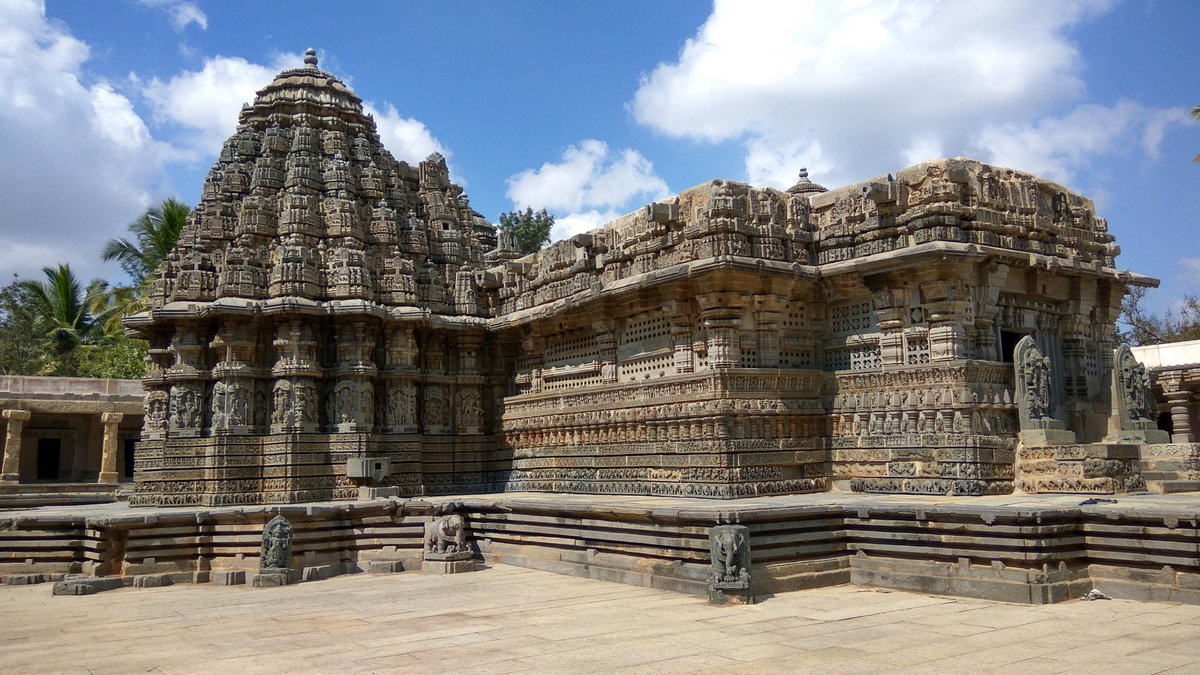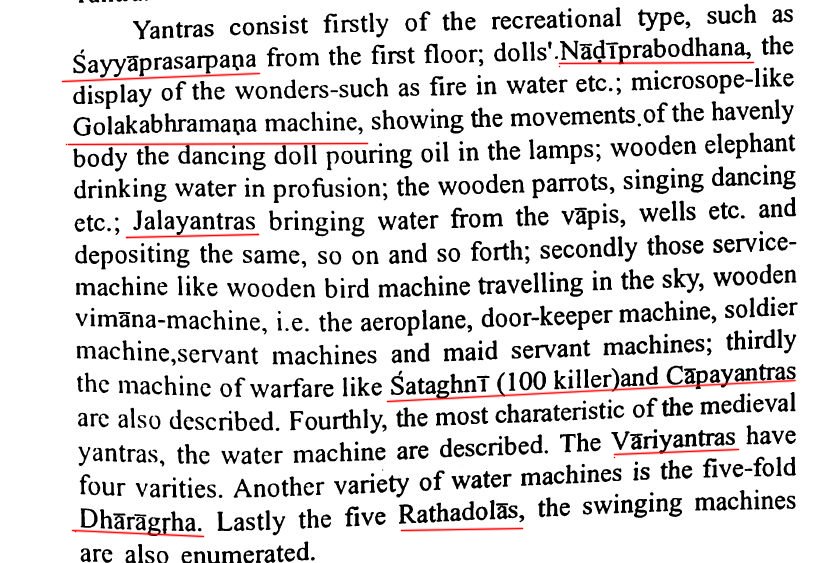Atheist hypocrites quickly run out of facts & precedent when faced with the truth. It invariably always ends with them drawing false parallels between their ex-abrahamic cult & Hindus; branding us cruel, violent, bigoted, fascist or whatever other label they want to slap on us.
None of these hypocrites are actually interested in hearing the Hindu viewpoint. Simply because it would take a lot of hardwork & scholarship to even comprehend our philosophy. Instead they chose the lazy & easy way out of drawing false parallels. Their mind is already made up.
Problem with atheists & wannabe charvaka charlatans is that these hypocrites are largely unencumbered by burdensome hangups like history, facts and logic. Especially history. They refuse to acknowledge the fact that NOT everyones historical experience is the same.
Any kind of meaningful debate with these people is a near impossibility. Simply because all their views are based almost entirely on their pre-conceived notion on how they "feel" about Hindus. The Hindu experience is vastly different to any other. A fact they will NOT acknowledge
In most cases, these atheists hold views that directly contradict their own views. This is often carried to the point of absurdity. Try & point out these obvious conflicts & they'll resort to posting disgusting literature or art of our gods just because they lack a counter.
This is a textbook atheist debate tactic. To rile up the other party in order to play victim when they get paid back in their own coin.
How can any sane individual engage in any kind of mature & educated debate with such hypocrites?
How can any sane individual engage in any kind of mature & educated debate with such hypocrites?
Atheists are least bothered by such display of intellectual dishonesty. In their thought process, the end simply justifies the means. In the process they'll not mind resorting to some incredible heights of spin & distortion of facts to make their point.
I'll end by pointing out that trying to debate with the self imposed ignorance, egotistical & juvenile naivete of an atheist is just about as intellectually rewarding as a conversation with a brick wall. A waste of time, energy & resources.
• • •
Missing some Tweet in this thread? You can try to
force a refresh






























